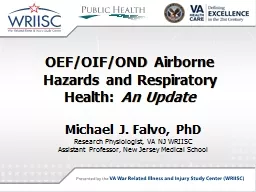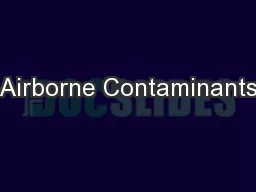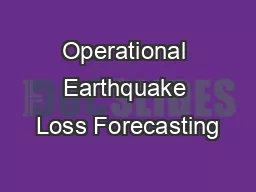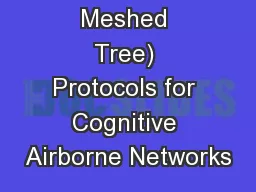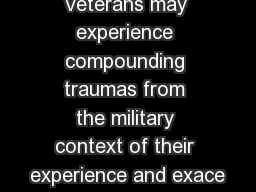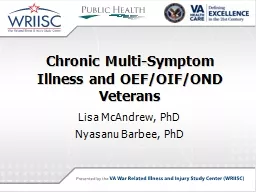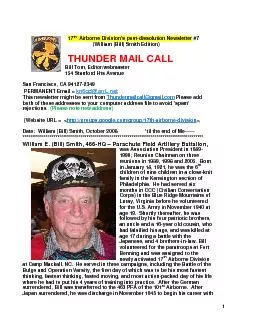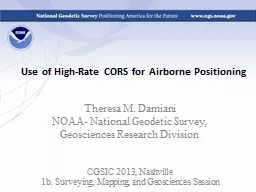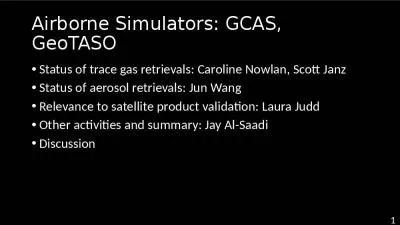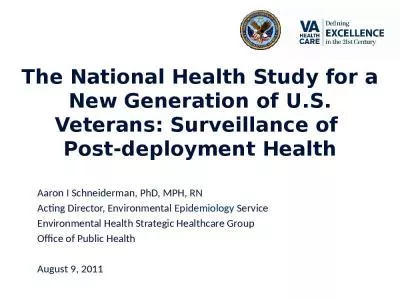PPT-OEF/OIF/OND Airborne Hazards and Respiratory Health:
Author : debby-jeon | Published Date : 2018-11-25
An Update Michael J Falvo PhD Research Physiologist VA NJ WRIISC Assistant Professor New Jersey Medical School Disclaimer The views expressed in this presentation
Presentation Embed Code
Download Presentation
Download Presentation The PPT/PDF document "OEF/OIF/OND Airborne Hazards and Respira..." is the property of its rightful owner. Permission is granted to download and print the materials on this website for personal, non-commercial use only, and to display it on your personal computer provided you do not modify the materials and that you retain all copyright notices contained in the materials. By downloading content from our website, you accept the terms of this agreement.
OEF/OIF/OND Airborne Hazards and Respiratory Health:: Transcript
Download Rules Of Document
"OEF/OIF/OND Airborne Hazards and Respiratory Health:"The content belongs to its owner. You may download and print it for personal use, without modification, and keep all copyright notices. By downloading, you agree to these terms.
Related Documents

